Latest Tech Trend #5 : The dream of flying car!
It seems like my flying dream will come true soon! Many start-ups are chasing the same "flying" dream : Volocopter (Intel's partner), Zee Aero (invested by Larry Page - Google's co-founder), Bell Helicopter from Uber (my favorite startup haha), Vahana (a startup based in Silicon Valley from Airbus) or Ehang from China. At least three companies from the list have completed their first test flights successfully at the beginning of 2018 (Volocopter, Ehang and Vahana), which makes me super excited to fly one day.
Flying car can be considered as a driving drone which is commonly known as "air taxi" currently. In the past one hundred year, we have built skytrains, overpasses and even gone underground to reduce the amount of traffic on the ground. Obviously, autonomous flying vehicle will be the futurist technology to solve traffic jams issues. Moreover, thanks to its environmental friendliness, it will be perfect for urban cities.
How long/far/high a flying car can fly?
The CityHawk, a flying car created by an Israeli Urban Aeronautics can fly around 100 miles per hour (161 kph). The Volocopter 2X features a flight time of 30 minutes and a maximum range of 17 miles, of course, this is just the first flight test, there is a lot of room to improve their technologies in the future.
The Airbus's Vahana self-piloted air taxi travels two to four times faster than a car with a flight of 80 km. Its size is quite big though, which is 5.7 meters high - 2.8 meters tall - 6.2 meters wide. On its first test flight, it reached an altitude of 5 meters for only 53 seconds.
Ehang flying taxi, which is made from epoxy composite with aluminum alloy frame and carbon fiber can fly at 130 km/h. For 1 hour of recharge, it can fly up to 25 minutes. Also, Ehang can flight in the night condition, at the height of 300 meters for a range from 8 to 15 km.
PAL-V, a Dutch company has announced its Liberty as the world’s first commercial flying car which can reach the speed of 100 mph and a height of 3.5 km with a long-range of around 500 km.
How much does a flying car cost ?
You can buy a flying car NOW on EBAY for 5$ million. I'm not joking :D
Skycar M400 from Moller which is aimed to travel at 640 km/h and has a long-range up to 1449 km. Interestingly, many types of fuels can be used for it including diesel, gasoline, kerosene, propane and alcohol. However, it is on sale for one big reason: it is not FAA-certified for flying by the US Government. So it is definitely not for daily commute but better for public museum or some millionaire's personal collection. Why not!? It is the icon of flying car since the nineties haha.
AeroMobil, a Slovakian aerospace company has started taking pre-orders on two-seater flying car, which will take about 3 years to manufacture. The price is $1.3 million!
PAL-V has announced the price of Liberty at $599,000 with the limited number of 90. They even has a Liberty Sport model which only costs $399,000 but with less customization options.
It seems that I still too work harder for my flying dream lol. But look at their design, it's stunning, I can say this is my favorite compared to other designs. Plus, it can travel in both fly and drive mode, which will take 5-10 minutes to convert.
The challenges ?
Elon Musk seemed not to be a fan of flying cars by drescribing them as drones and "1000 times bigger and noisier and blow away anything that isn’t nailed down when they land". However, scientist are working on battery technology to make the cars less noisy and more environmental friendly.
Regulation is another big thing to work on before we can actually fly. We don't wanna see hundreds of flying objects over our heads and be scared of any possible accidents. Uber is working with NASA to develop a monitoring system for air traffic. They are also negotiating with Dallas and Dubai government to experiement their vehicles. So, let's see how it goes.
Weight is one of the challenges to get the vehicle get off the ground and fly around. A normal car weighs about 1,500 kg or 3,300 pounds which is almost twice heavier compared to Vahana at 1,642 pounds, Volocopter at 660 pounds and Ehang at only 573 pounds.
Scientists at University of California Irvine have developed the world lightest metal known as micro-lattice materials which are 100 times lighter than styofoam but still have the advantages of normal metals. This material is perfect to develop many parts of the flying car including cockpits, batteries and motor parts. There must be multiple motors for the car to get into the sky to guarantee safety in case one of them fails to work properly.
This is unbelievable - the scientist must be joking lol
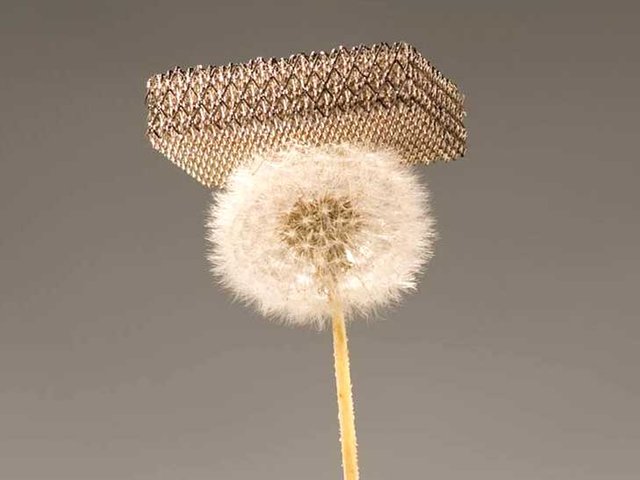
Source:Inhabitat
So when can we make it?
Many technology giants are currently focusing more on producing air taxi for the masses rather than private usage. "Everyone can fly" is not just a slogan for cheap airlines anymore :P
Uber and Bellycopter is aim to launch the first air taxi in 2025. Airbus also set their milestone to mass-produce their Vahana in 2021. So, let's eat, pray and fly!
What is your favorite design of flying car?
Source :
Thedrive | Newatlas | Autocar | Futurism | Bloomberg | Theverge |Dezeen | Spectrum | Inhabitat
Hope you guys enjoy my post :)
Sorry it took me longer time to continue my previous topic "Would you date a robot?". I will write about "How robot develop emotions" in my next post 😛 Feel free to comment, resteem or follow me :)

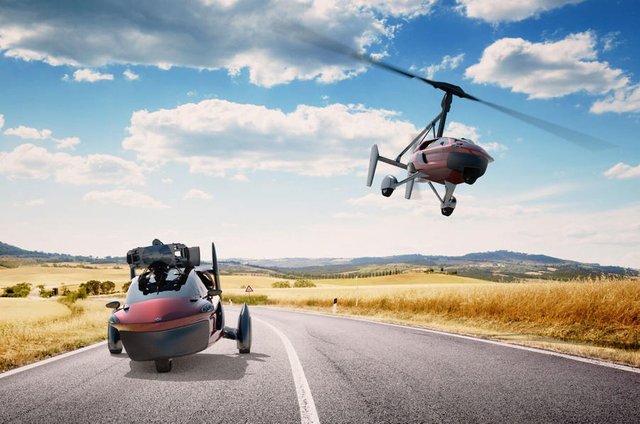
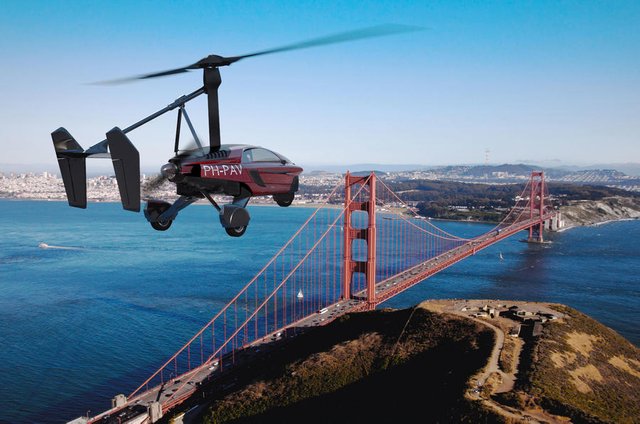

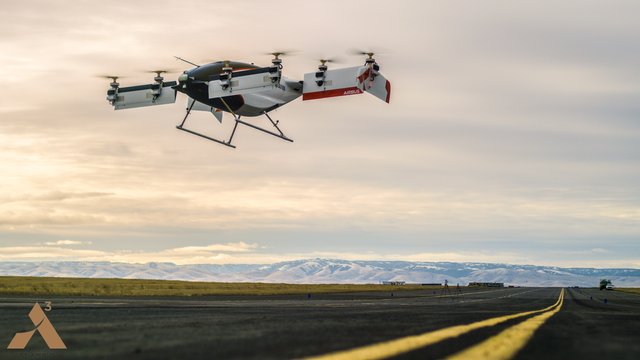
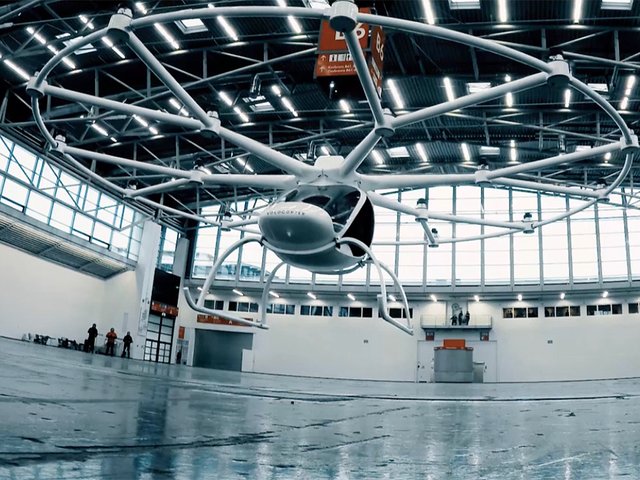
Being A SteemStem Member
Flying one of these looks like serious fun and something I'd love to do. One day.. Hopefully.
So many configurations. I know there can be different applications for each one but it would really be interesting to see what types of models work for each type of area they travel in. I can’t imagine and easy one size fits all.
Most of these look suspiciously similar to small planes and helicopters! I hope the future sky car looks more like the ehang, at least it will be distinguishable from anything we have so far.
I also hope everything of this nature will be auto-piloted, or else it'll be accidents galore.
It does seem like flying cars is the only real solution to traffic jams. Our body has figured out a long time ago that arranging blood vessels in a 3D fashion gets far more blood cells to where they need to go in less time: